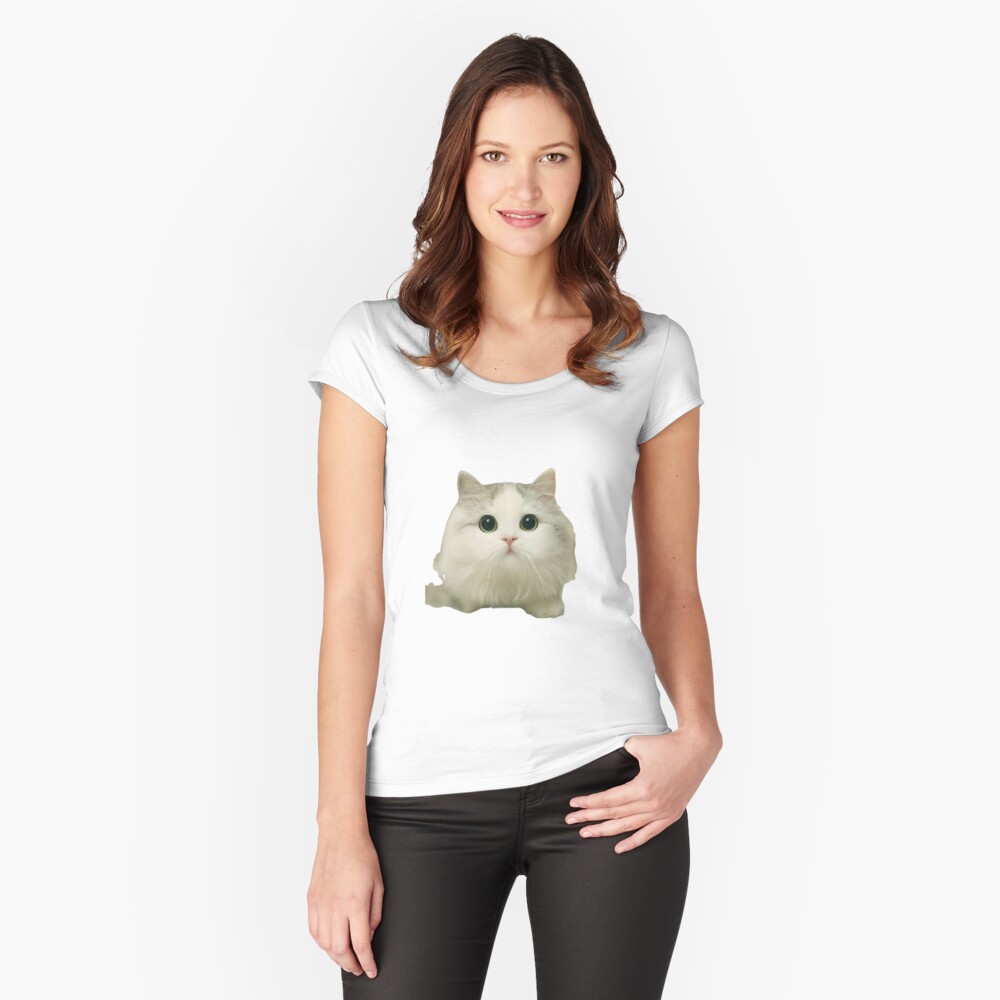ad
news










 FanDuel Fantasy Sports
Register + Join a Group
FanDuel Fantasy Sports
Register + Join a GroupWednesday, March 23, 2022
azure stone handicraft
azure stone handicraft
azure stone handicraft
A handicraft made of low melting point glass. Also known as feeder. The ancient names of colored glass are glass, exile, barking glass, Bi colored glass, colored glass, etc., with different interpretations. According to the records in the collection of translated names and the book of Han Dynasty, the glazed stone was originally Sanskrit. It was named Bi glazed stone in the Han Dynasty. It is the name of a gem. It is blue, clear and bright, and its brilliance is numerous, so it is named. At that time, it was mainly produced in the ancient and modern Kashmir Empire (the ancient and modern Kashmir Empire) and Rome. However, according to Wei Shu and other records, glass is colored transparent glass made of ore, also known as poli and glass. Now, glazed glass is the general name of Chinese traditional glass, which is different from the modern glass introduced from abroad. Zibo, Shandong and Beijing are the traditional producing areas of Chinese glazed crafts.
The history of Chinese coloured glaze is long. Light green glazed beads from the Western Zhou Dynasty were unearthed in Xi'an. During the Wei, Jin, southern and Northern Dynasties, Buddhism prevailed, and colored glass has been used to make bowls, (wine vessels), inkstone boxes, screens, and decorations on a large number of Buddha statues. In the Sui and Tang Dynasties, there were many kinds of colored glass with wide uses. In addition to making bowls, bottles and plates, they were also used for the decoration of doors, windows and screens. In the late Tang Dynasty, women used colored glass as hairpin (jewelry on BUN) and bracelet (bracelet), which were still popular until the reign of Shaoxi in the Song Dynasty (1190 ~ 1194). The site of Liuli furnace in Yinshi city in the late Yuan Dynasty was unearthed in Boshan, Shandong Province. The court handicraft workshop of the Yuan Dynasty also set up a pot jade Bureau. The furnace site may be in Dadu (today's Beijing) to produce colored glass imitating jade. In the Ming Dynasty, the imperial court supervisor set up a glass workshop in Yanshen Town, Boshan, firing green curtains (curtains made of blue glass beads). The colored glasses of Kunming and Yongchang in Yunnan Province were also famous in the Ming Dynasty. They were black, white, red, goose yellow, duck green and other colors. The varieties were mainly Weiqi. During the reign of Emperor Kangxi of the Qing Dynasty (1662-1722), the court set up a glass factory under the manufacturing office of Yangxin Hall of the house of internal affairs to produce cups, bowls, bottles, plates and snuff bottles. The raw materials and craftsmen of the glass factory came from Boshan, Guangzhou and other places. The colors of colored glass include glass (transparent), Pearl (milky white), curd (lanolin), Jixue, lotus root powder, red, blue, purple, yellow, green and Venus. By the reign of Qianlong (1736 ~ 1795), there were more than 20 kinds.
According to the introduction of the process, the raw material for the production of glass is crystalline glass containing 24% lead, so the melting point only needs more than 800 degrees. At this time, the silica can flow freely like maltose, and various shapes of handicrafts can be formed after cooling. There are 47 processes before and after the whole dewaxing process, and each process can make you waste all your previous efforts. For example, how to ensure that the glass is filled with all the details of the mold: barbs, circles and right angles. The thickness of each part of each glass product is different, and the expansion coefficient is different. When it is cooled, each part will tear and break easily. Generally, the success rate is only 40-60%. Because the colored glass flows in the semi-liquid state, there is great uncertainty. It can be said that no two colored glass products are exactly the same, and each one is "isolated". A perfect glass work depends not only on design and technology, but also on luck.
At present, varieties of colored glaze can be divided into two fields. One is handicrafts, which mainly provides various business gifts. In addition, it includes jewelry market and business gift market, and then successively enters tourist souvenirs, building materials market and collectibles market. With the improvement of glass making technology, the space for the combined development of glass and other materials and products will be wider and wider. The second is the engineering glass market, mainly in the field of decoration and building materials.
The current Chinese glass fashion in the market has become popular in Taiwan and flourished in Shanghai. Taiwan's Glazed workshop and Daguan glazed garden found the foundation of development in the mainland, and then professional glazed manufacturers such as "jiubaidu" were born in Shanghai. They inherited glazed techniques, expanded the gift market, integrated the unique expressiveness of glazed with rich cultural connotation and design ideas, and created a new market segment and choice space for glazed gifts. Moreover, mainland manufacturers like jiubaidu can fully provide customized services for customers.
Subscribe to:
Post Comments (Atom)
Turkmen Entrepreneurs Invited to International Handicrafts Fair in Delhi | Business
The organizer of this large-scale event is the Export Promotion Council for Handicrafts (EPCH) of India. The IHGF Delhi Fair promises to be ...
-
Can we do additional work on behalf of existing housing in rural areas? You can run a processing workshop in the existing housing in rural ...
-
Visitors browse through handicrafts on display at the Yellow River spring bazaar exhibition in Dongying, Shandong province. http://dlvr.it/S...
-
Credits: Stock Photo. green and pink egg on brown woven basket. 7. There is a museum and souvenir shop to buy handicrafts. Credits: Stock Ph...
No comments:
Post a Comment